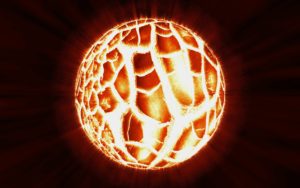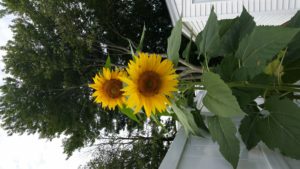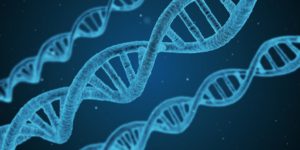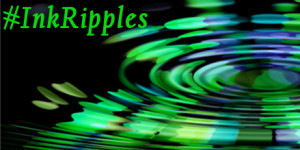Today I have a great guest post from Julie Murphy, author of the picture book GILLY’S TREASURES. I always love seeing how people’s day jobs or passions influence what they write, and Julie’s post is full of wonderful pictures. Let’s give her a big welcome!
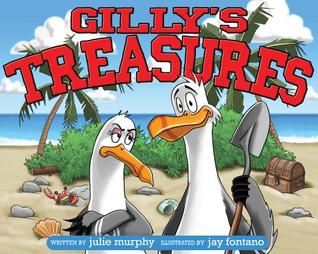
Thanks for hosting me on your blog, Katie, and helping me to celebrate the October 11 release of my new fiction picture book for children (4-8), Gilly’s Treasures.
Some writers say they always wanted to be an author, but my journey to Gilly’s Treasures was a little more roundabout. I always loved animals, so after finishing school I went to university and studied to become a zoologist – a scientist who studies animals.
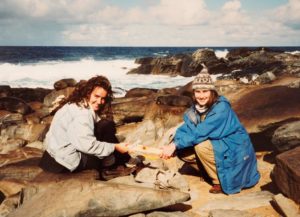
The mornings were cold, but living close to a seal colony for a couple of weeks was a wonderful experience. (There’s a baby seal on the rock behind/between us.)
I was especially drawn to animal behavior, and studied how guide dog trainers assess the temperament of their trainee guide dogs for my Masters thesis. It was a great project, but city-based, so I made a point of helping friends with their projects in the field which got me out into nature from time to time. Among other things, I helped to collect sea cucumbers (which, despite their name, are actually animals!), and sea stars, and observed a population of fur seals on a restricted stretch of shoreline for ten precious days. That last project was especially amazing – and liberating. Can you imagine? Three young women on our own, camping along the coastline next to a colony of hundreds of seals. Our only outside contact was a radio call to the local ranger every afternoon to say we were okay. It was fantastic!

With a baby wombat in my zookeeper days. Wombats are still one of my favorite animals.
Later on, I worked as a zookeeper for ten years. But even then I couldn’t resist doing voluntary research projects in my spare time. One project involved rigging up time-lapse cameras to film the nocturnal behavior of native Australian mammals. I wanted to find out when they were active, what they did, and how they got along with each other in their mixed-species enclosures. Of course, doing the research is only half the job; the other half is sharing the results with others who could benefit from them. So I wrote my results into an article for a zoo journal, and presented them at a conference. This is how my published writing list began.
I view science as having a healthy curiosity about the world and trying to answer some of the questions we have about it. I believe that curiosity is something we should actively encourage in our kids, which is one reason why I love writing for children. It’s my chance to encourage children to be excited by nature, and life in general. Not only is it enriching for the child, but the more that children learn about animals and the environment, the more they will care about conservation.
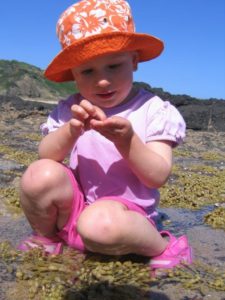
My daughter (3) has always enjoyed exploring nature, and I’m sure she benefits from it in many ways.
It wasn’t until I became a stay-at-home mom that I focussed on writing for children. Reading picture books every day to my daughter taught me about the kinds of books that were being published, and through which publishers. I was able to use my science training to get a foot in the door with some publishers with work-for-hire, which involved writing non-fiction books about animals and the environment to specific briefs provided by the publisher.
It was a steep learning curve, but doing writing courses (some on-line), joining organizations such as the Society of Children’s Book Writers and Illustrators (SCBWI), and finding some trusted critique partners to provide honestfeedback all helped me to improve – and still do! And it turns out that the skills I learnt from working in science – objective observation, critical thinking, research, and concise writing – have all come in handy too.
Some of my non-fiction books about animals.

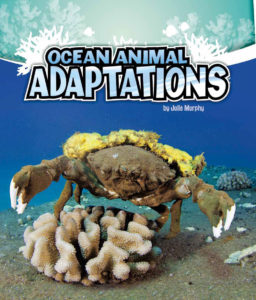
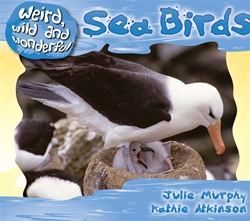

I am extra excited to welcome Gilly’s Treasures into the world because it is my first fiction picture book that began as my own idea (as opposed to from a publisher’s brief). Here’s the blurb: While out fishing, Gilly the seagull finds a beautiful, shiny treasure. He loves it so much he can’t help searching for more…and more. Will he ever be satisfied with what he has? The story has the feel of a traditional fable, which illustrator Jay Fontano has done a wonderful job balancing with fun, friendly illustrations. I especially love the new character he introduced – an adorable little crab. I am sure children will love spotting him (or her!) on each page.
I hope that readers of Gilly’s Treasures will be inspired to visit the beach for themselves, and maybe find a treasure or two of their own. (I for one can never leave a beachcombing session without a pretty shell or two in my pocket!) And it might even spawn a conversation about what they hold most important in their own lives.

A “family portrait” from one of my beach holidays.
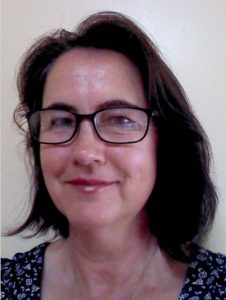 About the Author:
About the Author:
Julie Murphy is a children’s writer of both fiction and non fiction. She trained as a zoologist and zookeeper, and is never far from animals and nature. Her favorite place to be is at the beach. She lives in Melbourne, Australia – a country surrounded by beach – with her husband and daughter.
Julie Murphy’s web site – (not working) www.juliemurphybooks.com
P.S. On a sad note, my website host has gone missing in action. True! I have set up an interim web site, in case anyone is interested. You will find it at http://www.members.optusnet.com.au/~julieamurphy/
Twitter: @juliekidsbooks
Facebook page with book preview: www.facebook.com/GILLYSTREASURES
Gilly’s Treasures is available from many on-line book stores, including Cedar Fort’s sales site, Books & Things (free postage to most states in the US): www.booksandthings.com
